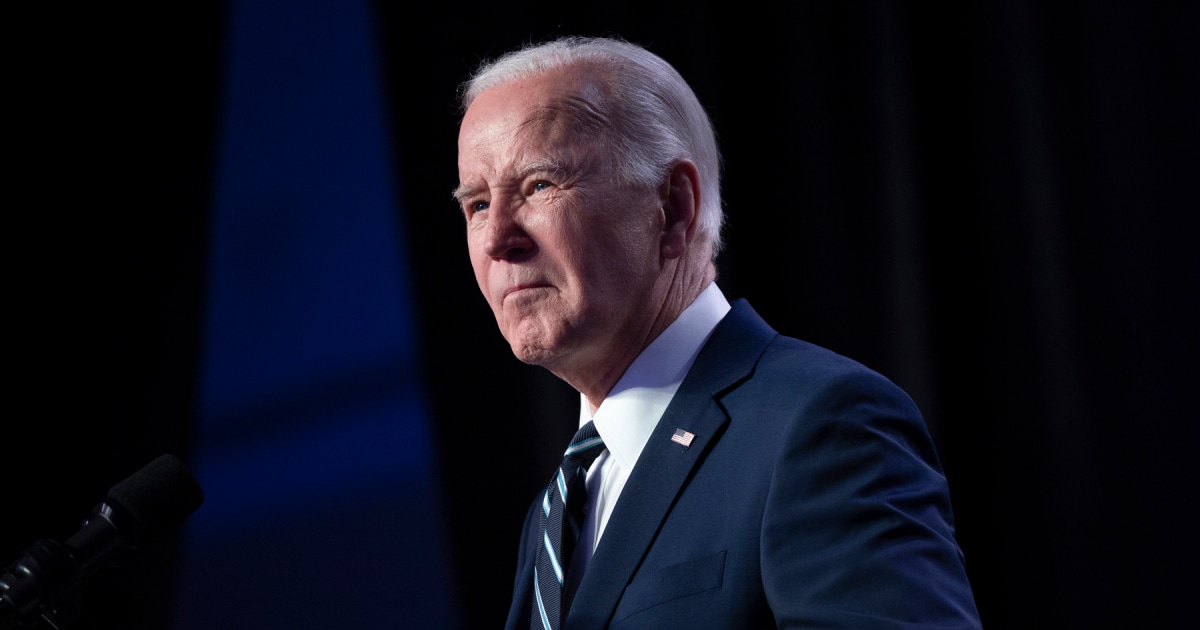Here's what we know about the new stimulus check 0:54
(CNN) -
House Democrats were busy last week promoting a wide range of coronavirus relief provisions, all part of President Joe Biden's $ 1.9 trillion economic stimulus package.
Next week, the House Budget Committee will draft a final bill based on measures passed by at least nine committees.
Most of them, but not all, strictly adhere to what Biden outlined in his proposal last month.
The entire House can pass the legislation next week, but it could face roadblocks in the Senate, where Democrats can't afford to lose a single member of their party thanks to the 50-50 split in the House.
Already two Democrats - Sens. Kyrsten Sinema of Arizona and Joe Manchin of West Virginia - have voiced their opposition to one element of the plan, which would raise the federal minimum wage to $ 15 an hour.
Timing is critical.
An estimated 11.4 million workers will lose their unemployment benefits between mid-March and mid-April unless Congress approves their next coronavirus aid package in the coming weeks, according to a recent study by The Century Foundation.
These are the key provisions that have been approved by the House committees
The House bill would provide direct payments worth up to $ 1,400 per person.
A family of four could receive up to $ 5,600.
People earning less than $ 75,000 a year and married couples earning less than $ 150,000 will be sent the full amount.
advertising
But not everyone who received a prior economic stimulus check would be eligible for this third round.
The payments would phase out faster, completely eliminating people earning more than $ 100,000 and families earning more than $ 200,000.
LOOK: Why you shouldn't expect to receive another stimulus check in weeks (if they send you one)
Payment will be calculated based on 2019 or 2020 income. Unlike the previous two rounds, adult dependents would be eligible for payments.
Unemployment assistance
The House bill would extend two key unemployment programs in the pandemic through Aug. 29.
It would also increase the federal weekly boost to $ 400, from $ 300 today, and continue for the same time period.
The president's plan had called for continued benefits until the end of September.
Americans without work will begin to run out of Pandemic Unemployment Assistance and Pandemic Emergency Unemployment Compensation benefits in mid-March, when provisions from the December $ 900 billion aid package begin to be phased out.
LOOK: Biden asks Congress to approve a stimulus package for US $ 1.9 billion. Republicans resist
Nutritional assistance
The House plan would extend the 15% increase in food stamp benefits through September, rather than expiring at the end of June.
It also contains $ 880 million for the Special Supplemental Nutrition Program for Women, Infants and Children, known as WIC.
Biden asked to invest $ 3 billion in the program.
And it would allow states to continue Pandemic-EBT, which provides families whose children's schools are closed funds to replace the free or reduced-price meals that children would have received during the summer.
Housing assistance
The legislation would send approximately $ 19.1 billion to state and local governments to cover back rent, rental assistance and utilities for at-risk low-income households with unemployed members, according to the Congressional Budget Office.
It would also provide about $ 10 billion to states and tribes to provide mortgage payment assistance and other financial aid to homeowners affected by the pandemic.
And it would provide a total of $ 11 billion to provide rental assistance, homeless services and support, housing counseling, and mortgage support.
Tax credits for families and workers
The House bill would expand the child tax credit to $ 3,600 for children under 6 and $ 3,000 for children under 18.
It would also be fully reimbursable so that more low-income parents could take advantage of it.
Additionally, families could receive monthly payments, instead of a lump sum once a year, making it easier for them to pay bills.
The bill also improves the earned income tax credit for childless workers by nearly tripling the maximum credit and extending eligibility to more people.
The minimum age to claim the credit without children would be lowered to 19, from 25, and the upper age limit would be eliminated.
This would be the largest expansion of the earned income tax credit since 2009.
Education and child care
The bill would provide nearly $ 130 billion to K-12 schools to help students return to the classroom.
Schools could use the money to upgrade their ventilation systems, reduce class sizes to help implement social distancing, purchase personal protective equipment and hire support staff.
It would require schools to use at least 20% of the money to address learning loss by providing extended days or summer school, for example.
The money is also intended to help prevent teacher layoffs next year, when some states may be struggling to balance their budgets.
The money pot will remain available until September 2023.
The Democratic bill is in line with what Biden proposed, but requires more than six times the amount of funding for K-12 schools than a compromise plan offered by a small group of Republican senators.
Health Insurance and Medicaid Subsidies
The bill would make federal premium subsidies for Affordable Care Act policies more generous and remove the maximum income limit for two years.
Members would not pay more than 8.5% of their income toward coverage, compared to nearly 10% today.
Additionally, those who earn more than the current 400% federal poverty level limit, about $ 51,000 for one person and $ 104,800 for a family of four in 2021, would be eligible for assistance.
In addition, the legislation would strengthen subsidies for low-income members and those receiving unemployment benefits, eliminating their premiums entirely.
The bill would also provide assistance for those who want to stay in their employer's plans through COBRA.
These laid off workers would pay only 15% of the premium through the end of September, although that can still prove costly.
Additionally, the legislation includes an incentive for states that have yet to expand Medicaid to low-income adults, giving them a 5% increase in their federal Medicaid matching funds over two years.
Help the states
The House legislation would provide $ 350 billion to state and local governments, as well as tribes and territories.
Additional assistance to the states has been one of the most controversial elements of Congressional bailout packages, with Democrats seeking to increase the $ 150 billion in March legislation and Republicans resisting such efforts.
The December package finally dropped an initial call to include $ 160 billion.
Covid-19 tests and vaccines
The House bill provides $ 14 billion for COVID-19 vaccines, $ 46 billion for testing, contact tracing, and mitigation, and $ 7.6 billion to hire 100,000 public health workers to support the coronavirus response.
It would also invest $ 25 billion to address health disparities and protect vulnerable populations.
The president's plan called for investing $ 20 billion in a national vaccination program.
It would also fund the hiring of 100,000 public health workers, nearly tripling the community health workforce.
minimum salary
The legislation would raise the federal minimum wage to $ 15 an hour by 2025 in stages.
It would also ensure that tipped workers, young workers, and workers with disabilities receive the full federal minimum wage.





/cloudfront-eu-central-1.images.arcpublishing.com/prisa/VOQEHFVTC5OSYTU5YOO5SYQ5DU.jpg)








